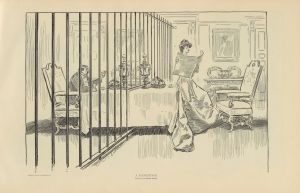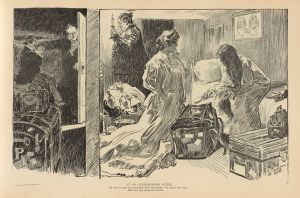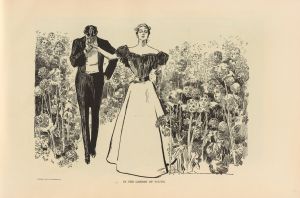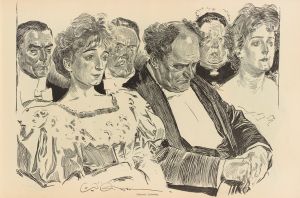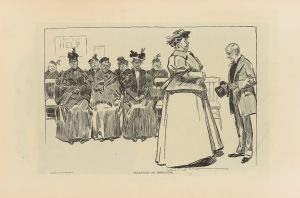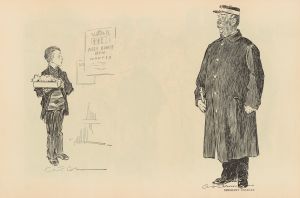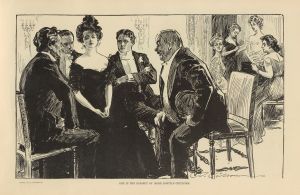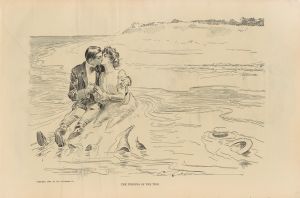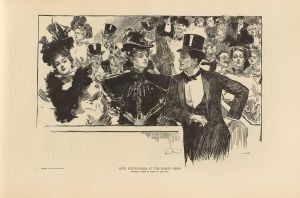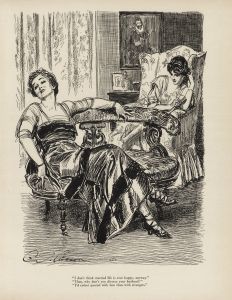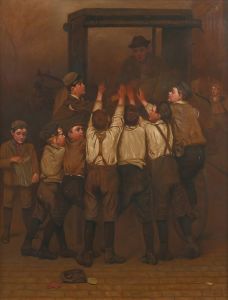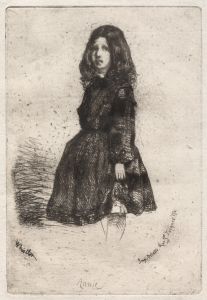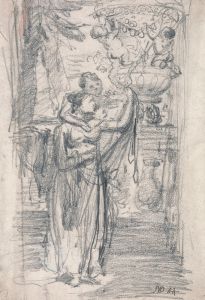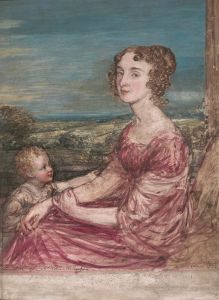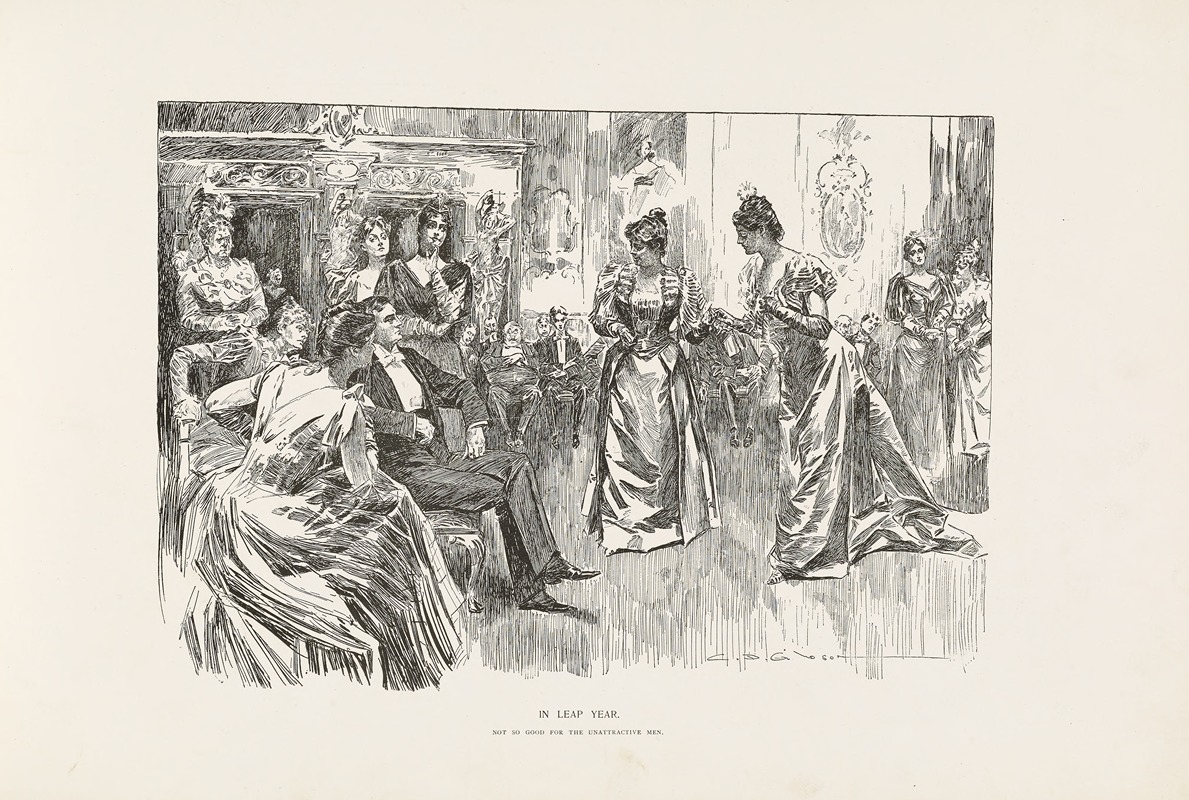
In leap year – not so good for the unattractive men
A hand-painted replica of Charles Dana Gibson’s masterpiece In leap year – not so good for the unattractive men, meticulously crafted by professional artists to capture the true essence of the original. Each piece is created with museum-quality canvas and rare mineral pigments, carefully painted by experienced artists with delicate brushstrokes and rich, layered colors to perfectly recreate the texture of the original artwork. Unlike machine-printed reproductions, this hand-painted version brings the painting to life, infused with the artist’s emotions and skill in every stroke. Whether for personal collection or home decoration, it instantly elevates the artistic atmosphere of any space.
Charles Dana Gibson was an influential American illustrator, best known for creating the iconic "Gibson Girl," a representation of the idealized American woman at the turn of the 20th century. His work captured the social dynamics and cultural norms of his time, often with a humorous or satirical edge. One of his lesser-known works is "In Leap Year – Not So Good for the Unattractive Men," which reflects his keen observation of societal trends and gender roles.
"In Leap Year – Not So Good for the Unattractive Men" is a black-and-white illustration that was published in the early 20th century. The concept of a leap year traditionally includes the notion that women could propose marriage to men, a reversal of the conventional courtship roles. This theme is humorously explored in Gibson's illustration, which depicts a scene where women are actively pursuing men, a role reversal that was both amusing and thought-provoking for contemporary audiences.
The illustration features a group of women who are depicted as assertive and determined, in contrast to the men, who appear uncomfortable and hesitant. This role reversal highlights the social norms of the time, where men were typically the pursuers in romantic relationships. By placing women in the position of power, Gibson not only comments on the leap year tradition but also subtly critiques the rigid gender roles of his era.
Gibson's work often included elements of satire, and "In Leap Year – Not So Good for the Unattractive Men" is no exception. The title itself suggests a humorous take on the situation, implying that men who are not conventionally attractive might find themselves at a disadvantage when women take the initiative. This reflects Gibson's ability to use humor to address and critique societal norms, making his work both entertaining and thought-provoking.
The illustration is executed in Gibson's signature style, characterized by detailed line work and expressive characters. His ability to convey emotion and narrative through illustration was unparalleled, and this piece is a testament to his skill as an artist and social commentator. The composition of the illustration draws the viewer's eye across the scene, capturing the dynamic interactions between the characters.
Charles Dana Gibson's work, including "In Leap Year – Not So Good for the Unattractive Men," remains significant for its ability to capture the essence of American society during a time of change. His illustrations provide a window into the past, offering insights into the cultural and social dynamics of the early 1900s. While the specific publication details and reception of this particular illustration are not widely documented, it fits within Gibson's broader body of work that continues to be studied and appreciated for its artistic and historical value.
Overall, "In Leap Year – Not So Good for the Unattractive Men" is a fine example of Charles Dana Gibson's talent for blending art with social commentary, using humor and satire to engage with the cultural conversations of his time.





